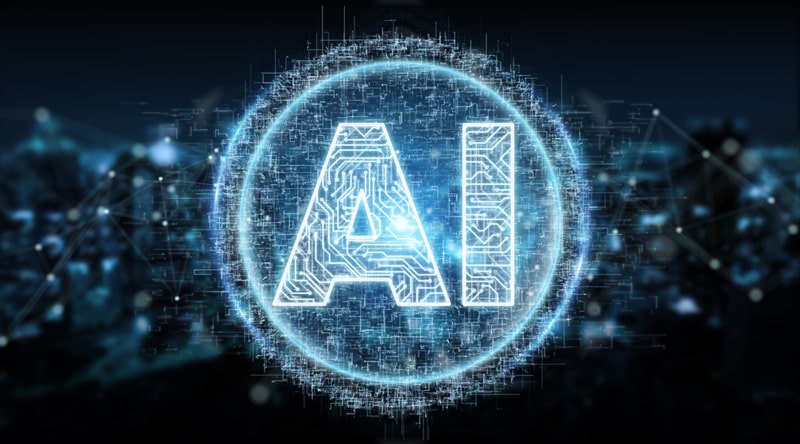Applying AI to Optimize Images and Videos for Search Engines
Image and Video SEO with AI –
In the dynamic world of digital marketing and Search Engine Optimization (SEO), leveraging the power of Artificial Intelligence (AI) is becoming increasingly essential. The internet is evolving, and so are the ways in which we consume content. Images and videos have gained immense popularity and have become integral components of online marketing strategies. To ensure these visual elements contribute to improved search engine visibility, AI comes into play. In this article, we explore the world of image and video SEO, shedding light on how AI can be effectively utilized to optimize images and videos for search engines.
The Rise of Visual Content
Visual content has emerged as a powerful medium for conveying messages and capturing the attention of online audiences. With the advent of smartphones and high-speed internet, users are consuming more visual content than ever before. Studies have shown that visuals not only enhance engagement but also increase retention rates, making them a crucial part of a comprehensive SEO strategy.
Search engines like Google, recognizing the value of visual content, have incorporated image and video search features, allowing users to explore content beyond traditional text-based search. Optimizing images and videos for search engines is imperative to enhance visibility and drive traffic to websites.
Understanding Image SEO and AI Integration
Image SEO involves optimizing images to improve their visibility in search engine results. This includes optimizing file names, alt text, captions, image size, and format. Integrating AI into image SEO revolutionizes the process by automating and enhancing various aspects of optimization.
AI-powered image recognition and analysis algorithms can understand the content of an image, categorize it, and suggest appropriate tags and descriptions. This not only saves time but also ensures that images are accurately described, increasing their discoverability in search results.
1. Automated Alt Text Generation
Alt text is crucial for search engines to understand the content of an image since they cannot interpret images in the same way humans do. AI algorithms can automatically generate descriptive alt text based on image analysis. This ensures that visually impaired users and search engines can comprehend the image’s content, improving accessibility and SEO.
2. Image Content Analysis for Relevance
AI-powered tools can analyze the content of an image and determine its relevance to the surrounding text or webpage. This analysis helps in better alignment of images with the context of the content, enhancing the overall relevancy and improving search engine rankings.
3. Optimized Image File Compression
Page loading speed is a critical SEO factor, and large image file sizes can slow down a website. AI algorithms can optimize image compression by reducing file sizes without compromising quality. Faster loading times lead to improved user experience and better SEO rankings.
4. Visual Search Optimization
AI enables visual search capabilities, allowing users to search using images instead of text. For businesses, this means optimizing product images, so they appear in relevant visual searches. AI algorithms enhance the accuracy of visual search results by analyzing and recognizing visual patterns and similarities.
Video SEO and AI Integration
Video SEO involves optimizing videos to improve their visibility in search engine results. This includes optimizing titles, descriptions, tags, and using relevant keywords. AI can significantly enhance video SEO by providing insights and automation in the following ways:
1. Automated Video Transcripts and Captions
AI algorithms can generate accurate transcriptions and captions for videos. Transcriptions improve accessibility, allowing search engines to index video content effectively. Additionally, captions provide contextual information, enhancing the video’s relevance and SEO.
2. Behavioral Analysis for Personalized Recommendations
AI can analyze user behavior and preferences to provide personalized video recommendations. This leads to increased engagement, longer viewing times, and a higher likelihood of users interacting with the content, positively impacting SEO.
3. Content Analysis and Categorization
AI-powered algorithms can analyze video content, categorize it, and suggest relevant tags and metadata. This ensures that videos are appropriately tagged and described, aligning them with user intent and improving search rankings.
4. Thumbnail Optimization
AI can help in selecting the most compelling video thumbnails to increase click-through rates. By analyzing user preferences and behaviors, AI algorithms can suggest the best thumbnails that attract user attention, leading to more clicks and improved SEO.
In the evolving landscape of digital marketing and SEO, visual content plays a pivotal role in capturing audience attention and driving engagement. Optimizing images and videos for search engines is essential for enhancing visibility and attracting organic traffic. By integrating AI into image and video SEO strategies, businesses can unlock a wealth of opportunities to automate, enhance, and streamline the optimization process.
At SEO Noble, we understand the transformative potential of AI in visual content optimization. Our team of experts is committed to staying at the forefront of these advancements, ensuring our clients benefit from the latest trends in image and video SEO. Embrace the future of SEO with SEO Noble, and leverage the power of AI to optimize your visual content and drive sustainable growth for your business. Contact us here to learn more.
